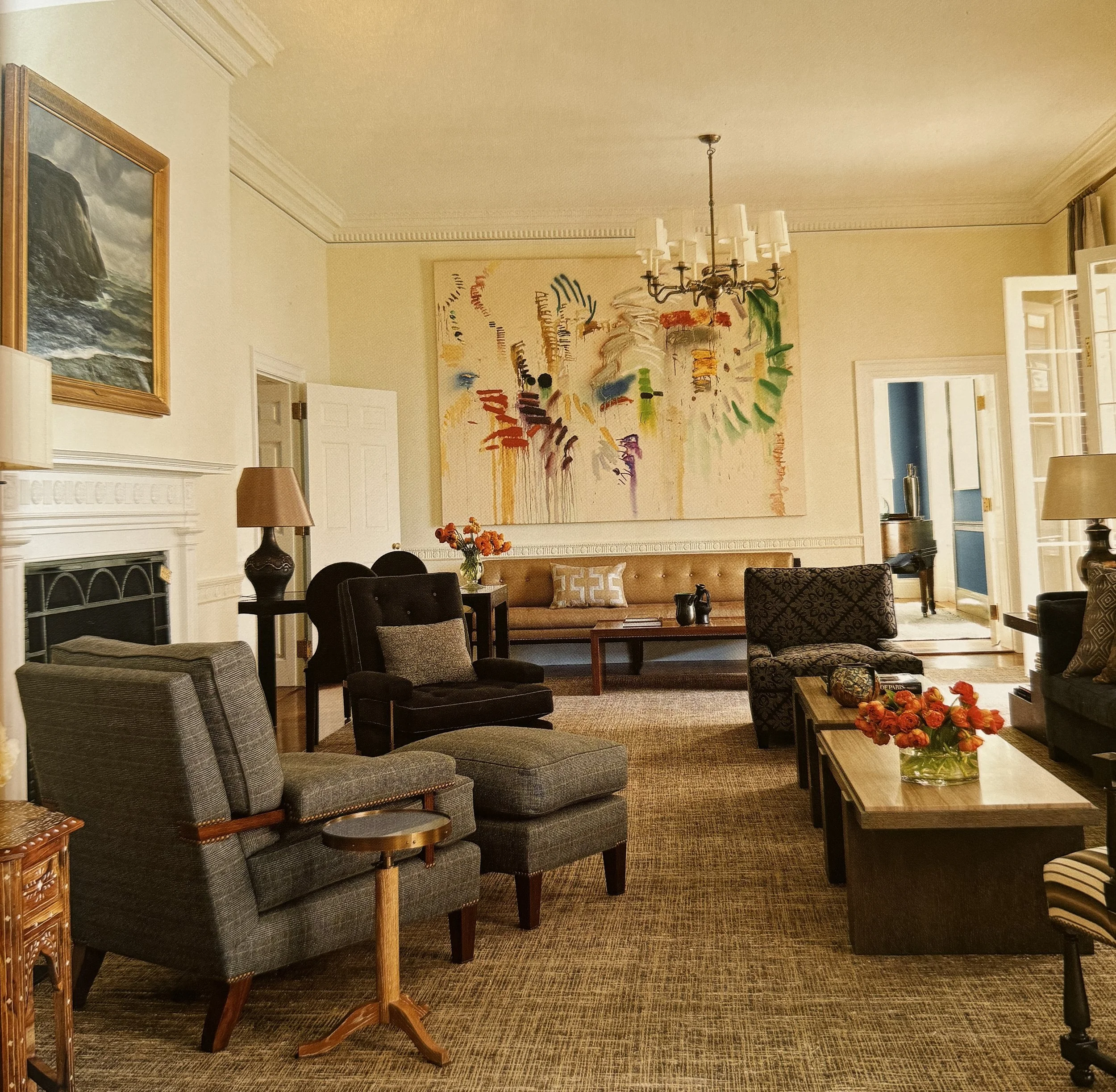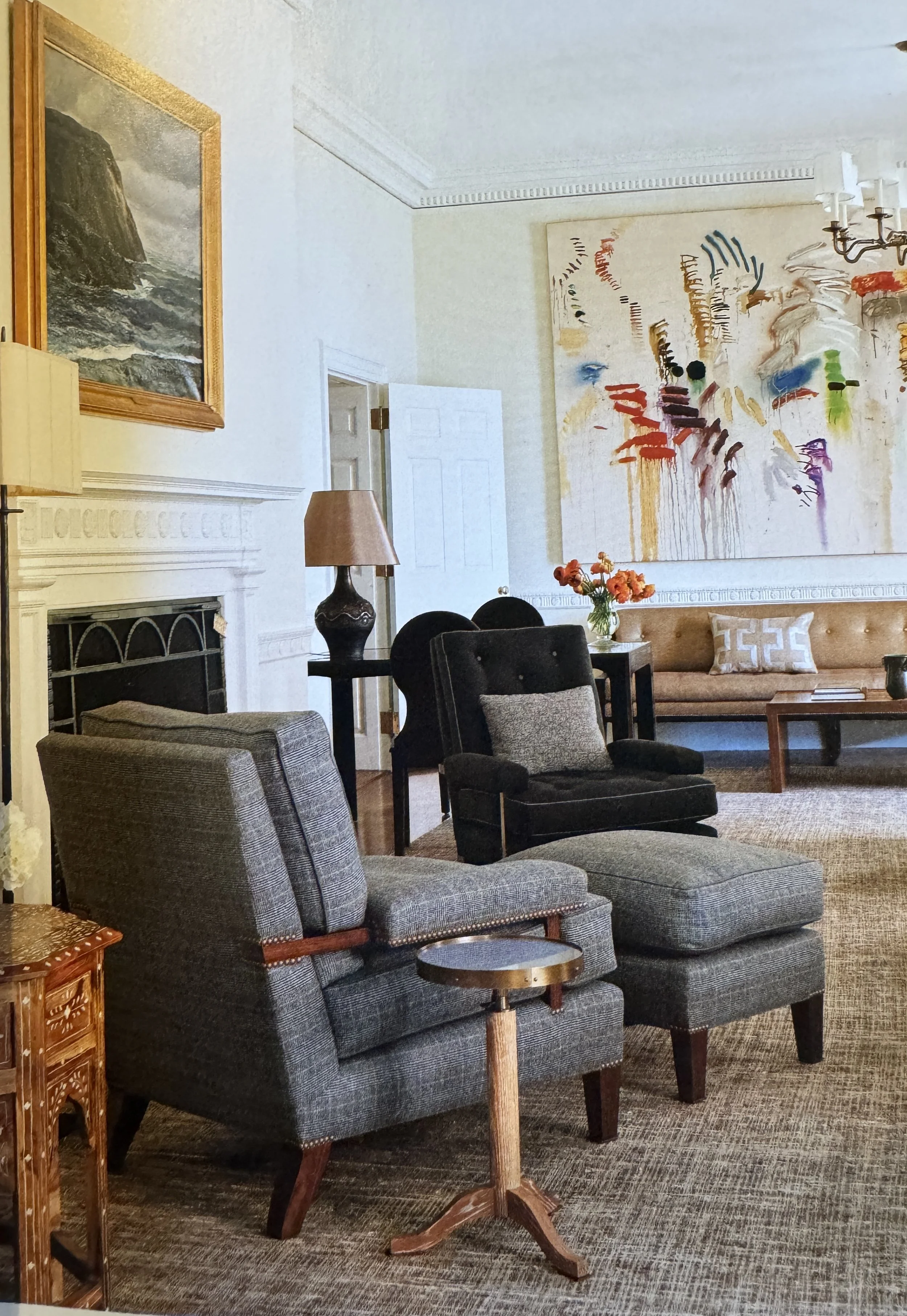Embracing Negative Space: A Lesson Beyond Interior Design
In the relentless pursuit of mastering the art of interior design, I stumbled upon a captivating concept that transcended the boundaries of mere aesthetics. While delving into the pages of the "Interior Design Masterclass," an unexpected detour led me to an article within its pages that expanded the definition of negative space far beyond its conventional design implications.
The author, Kate Eastridge, much like myself, had initially embarked on a journey to enhance her understanding of design principles. However, what she unearthed was a profound revelation about negative space not just in the visual realm but also in the intricate tapestry of our lives. The snippet I encountered left an indelible mark: "Making room for negative space in our busy lives is as important as harnessing visual or energetic negative space in design."
In a society perpetually bombarded by incessant phone alerts, the ceaseless demands of work, and the responsibilities of home, the notion of creating intentional gaps in our daily existence seemed both radical and refreshing. The article argues that achieving brilliance in any creative endeavor necessitates moments of undistracted focus, devoid of the constant hum of notifications.
As a busy mom immersed in the chaos of daily life, I found resonance in the author's perspective. The article goes on to assert that nurturing and protecting the negative space in one's life is not a luxury but a requirement for inspiration and creativity. It proposes a necessary and responsible discipline: dedicating time each day to work without distraction.
In my agreement with this perspective, I couldn't help but recognize the relevance of this wisdom for the multitasking, time-strapped mothers who often find solace in moments of quiet reflection amidst the chaos. This article aims to explore the profound implications of embracing negative space in both design and life, offering insights tailored to the busy moms reading this blog. Join me on this journey as we unravel the secrets of finding inspiration and creativity in the spaces between the demands of our hectic lives. Read on!
Negative Space
By Kate Eastridge
In visual art, negative space is the blank or empty space between positive forms. In studying the wood reliefs of Dada artist Jean Arp, I discovered how to look at blank spaces and how to envision and create newly enlivened forms out of the nothingness.
In interior design, the negative space exists between the furnishings in a room. When the negative spaces are well considered, the room becomes an active and enveloping experience; the eye is engaged and finds relationships and juxtapositions. When negative space is handled ingeniously, the sum total of the parts in a room becomes indelible. Negative space takes the superficial and makes powerful connections between artfully positioned objects, possessions, and furniture. When a space and its contents beckon, there is a buzz, an atmosphere for living; there is also a desire to enter, to be sheltered and inspired, and to be comfortable.
I first learned about negative space in a life-drawing class as a very young artist. Sitting at a drawing board looking carefully at the negative spaces in between the torso and limbs, I learned to transcribe the three-dimensional human form before me into a two-dimensional pencil drawing. The negative spaces revealed how to fit the puzzle pieces of the body together. The satisfaction I got from this kind of problem solving engaged me as a child and became a lifelong habit.
Later, in graduate school, I found a mentor, Henry Holmes Smith, a philosopher and photographer who taught me the necessity of another kind of negative space. From him, I learned the value of patience, timing, and silence in the stillness and blackness of the darkroom. In life, it is imperative to make room for quietude amid all the activity.
My creative soul also depends on the negative space provided by sleep. During the day, I move at a breakneck pace to accommodate and solve the questions and problems that arise in a busy interior design studio. By the end of every day, I try to move each design to the best possible place. Some decisions feel good, others uncertain, butI never worry. In my mind's eye while asleep, there is a tiny camera roving over every room in progress. The camera rolls around looking at each relationship; it goes high and low and shows views from all vantage points. Through this visualization, I see interiors more clearly than any drawing can demonstrate. I see the successes, but mostly I see what doesn't work, and the next morning I can adjust the forms accordingly. The clearing of the mind in deep repose anchors the root of my creativity.
Making room for negative space in our busy lives is as important as harnessing visual or energetic negative space in design. Whatever you are creating, it cannot be brilliantly achieved with the constant presence of phone alerts or the demands of work and home. It is a necessary and responsible discipline to work without distraction some of the time every day. Nurturing and protecting the negative space in your life is a requirement for inspiration and creativity. It is good for you and good for your work.
Take a walk in a new place. Go to a museum you've never seen before. Visit World Heritage Sites-my personal goal is to visit them all and marvel at the natural and built wonders on our planet. Read a new poem each week. Then read it again and let it resonate. Look at the sky. Watch the sun come up. These experiences great and small add to who you are and affect how you relate to others and the home you inhabit. Take care of your negative space.






